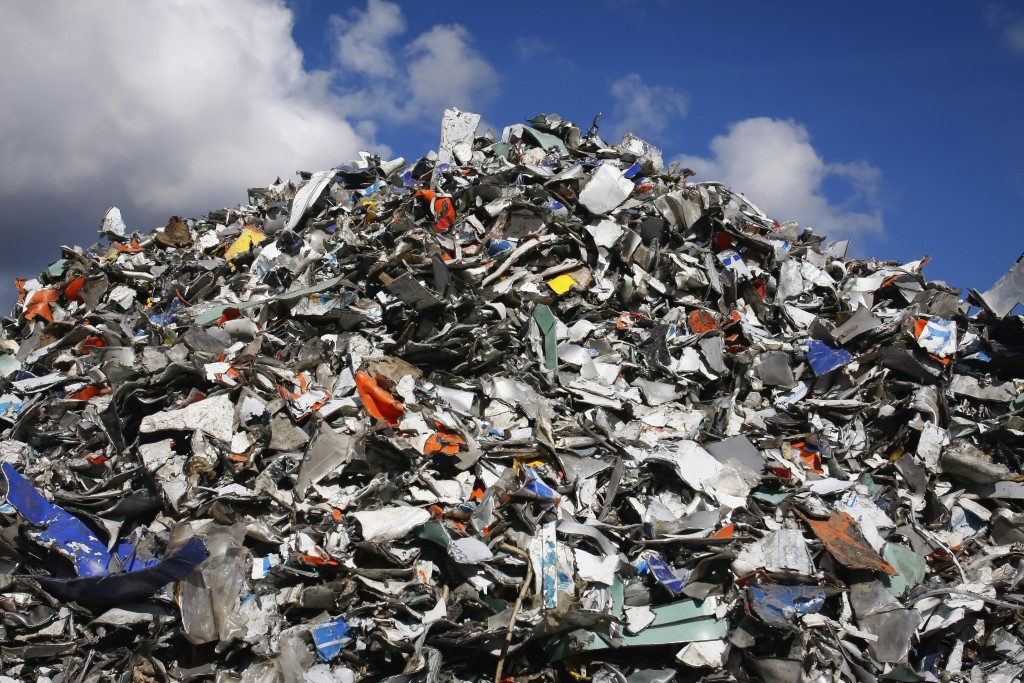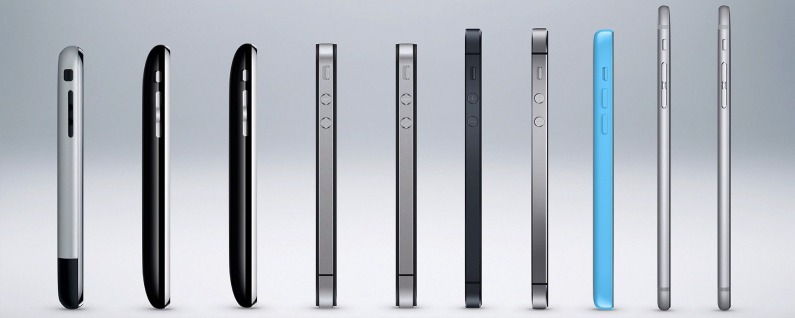The graveyard of electronic devices is filled with the decaying corpses of discarded batteries, ’turtleneck’ charging cables, iDogs, the famous Razor flip-phone, and even the odd iPod nano. But it is also the new home of much more recent devices, with Apple and other big-name electronic companies churning out the newest technologies at an alarming rate. While an electronic landfill could seem like a postcard for times gone by, it is important to remember that when we throw away our phones for the latest and greatest upgrade, your old device doesn’t just disappear into the abyss of history. It simply makes its way from your house through the grapevine of the waste disposal system until it ends up in a place like the one below.

These landfills are hardly peaceful places for our devices to move on to the next life. Electronics like phones are made with heavy metals, like cadmium or lead, which when mixed with groundwater, can poison the nearby population and cause cancer and birth defects. According to a report conducted by Meticulous Research®, “Globally, 44.70 million metric tonnes (6.1 kilogram per inhabitant) of e-waste was generated in 2016 which is expected to grow 52.20 million metric tonnes by 2021.” Of that e-waste, only 20 percent was recycled properly. But there are alternative ways to live. If people pay enough attention and ask more of their electronic companies, e-waste does not have to be a harmful industry.
As our technologies have updated, so have our means for recycling them. Many computer companies are beginning mail-back programs, like Dell. Not only does it make it easier for the consumer to properly dispose of their unwanted devices, but Dell is reusing these old parts to make new computers, cutting down on costs and helping the environment simultaneously.
North America is a leader in exporting e-waste to other countries and the market for global e-waste management is growing significantly. This is hardly surprising as the first iPhone was released only thirteen years ago…and now we are on the iPhone 11? Two of the largest markets for these electronic components are India and China and they are beginning to take advantage of the growing industry. The e-waste industry is estimated to be worth an annual amount of $62.5 billion USD. If countries can develop a sustainable ‘global circular value chain‘, or a circular economy for reusing electronic components, then there would exist a financially beneficial system that would also be environmentally-friendly.

But we also cannot simply trust that recycling will be carried out for the benefit of all parties. As with most environmentally-conscious programs, the consumer should be constantly vigilant to not fall prey to green-washing, and thoroughly examine the effect that our spending habits have on our planet. In the past decade, with growing amounts of e-waste being sent to countries like Pakistan, Bangladesh, and Sri Lanka, e-waste threatens groundwater contamination and health risks to those that work in recycling plants or landfills. While many states in the US have passed individual laws forcing companies to fund and follow recycling of electronic components to the end, the US has yet to create a federal law monitoring the environmental and health effects of the e-waste industry. The United Nations in 2018, created a system of ‘coordination and collaboration on United Nations system-wide support for e-waste management’ and released The Global E-waste Monitor 2017 Report, but we must always remember that actions speak louder than words.
 Food
Food Farmers
Farmers Sustainable Living
Sustainable Living Living Planet
Living Planet News
News